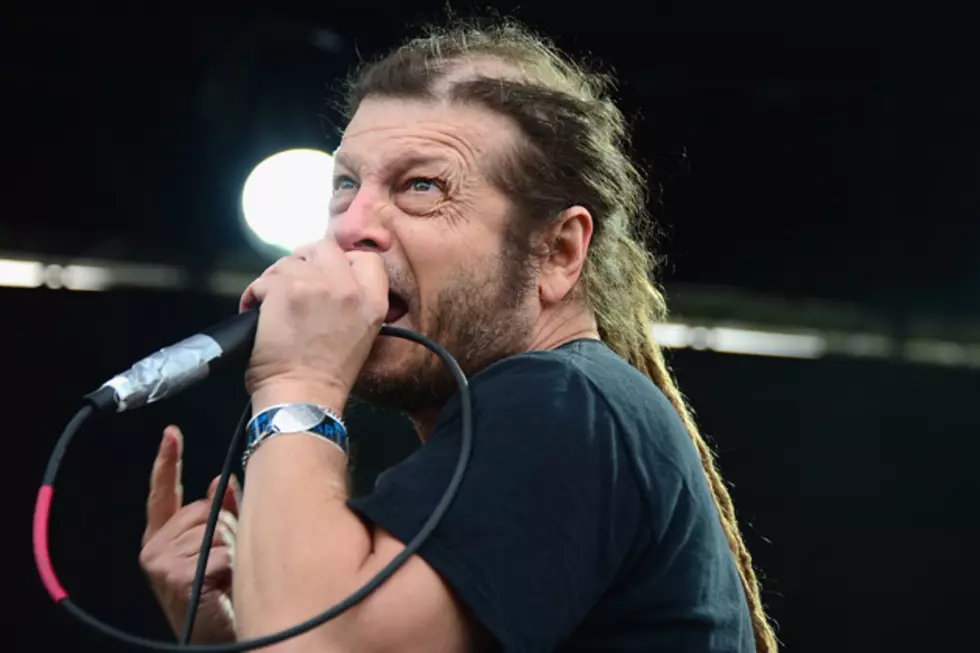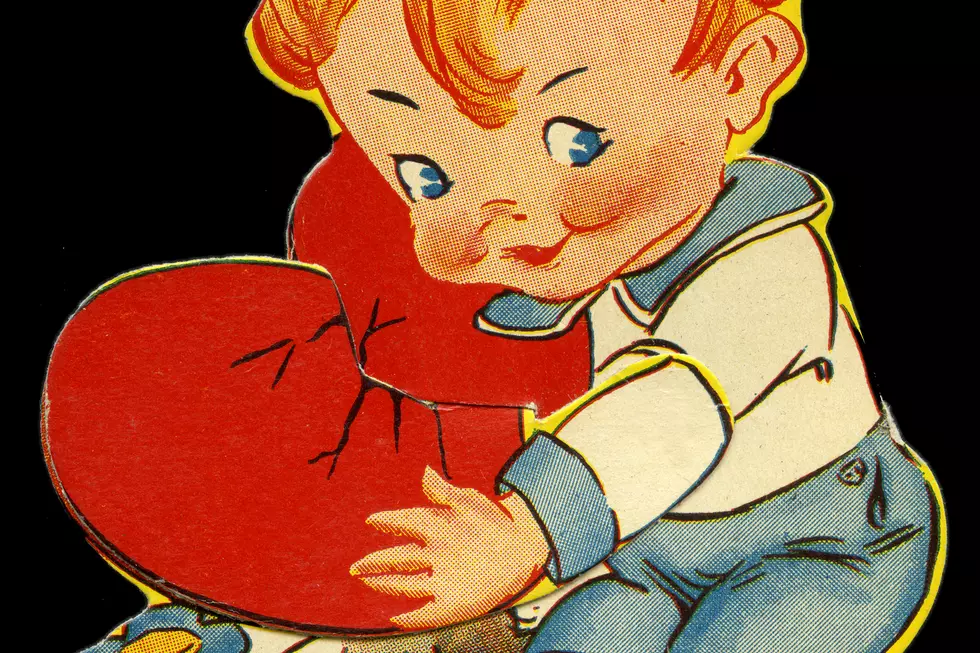
Black Flag: Points of Departure
No band is an island. The best songwriters tend to be sponge-like soaker-uppers of music, film, fine art, literature and other forms of culture, be they popular or obscure, and these influences often find their way into the music, helping listeners branch out and develop new interests. With Points of Departure, we use our favorite groups as springboards for broader cultural investigations and highlight some of the cool things you might get into via your record collection. This week: Black Flag.
- Neilson Barnard, Getty Images
Neilson Barnard, Getty Images 1Hippie Music
Although Black Flag is acknowledged as the catalyst for the American hardcore punk movement, they never shied away from letting it be known their influences fell beyond the borders of punk. In interviews, the band name-checked the likes of Mahavishnu Orchestra, ZZ Top, King Crimson, Black Sabbath and guitarist Greg Ginn’s personal favorite, the Grateful Dead. Where some punks were thoroughly disgusted by the bands’ devotion to these old fogies, many of them checked out the above-mentioned bands and had their minds blown.
- Handout, Getty Images
Handout, Getty Images 2Charles Manson
Another thing Black Flag never hid from was their interest in Charles Manson. Some thought the bands’ use of Manson’s image was simply punk rock shock tactics, but it got to the point where they were going to release a jailhouse-recorded album by the man himself on their own record label, SST. "We get an arcane and emotional value from Manson," said Flag bass player Chuck Dukowski in an early-'80s interview. Charles Manson was the ultimate example of the hippie dream gone wrong, and it’s obvious the band loved using him to frighten both parents and punkers alike.
- SST
SST 3Raymond Pettibon
The artwork that adorned Black Flag’s recordings was created by Raymond Pettibon, the brother of the bands’ founder and guitarist, Greg Ginn. Pettibon’s artwork went way beyond the typical skulls and chain lettering found on the covers of most '80s punk records and explored the darker side of modern culture. As the years went on, Pettibon’s artwork went on to be displayed in some of the major art galleries in the world, which prompted punks to get up and get out and explore the world of art.
More From Diffuser.fm









